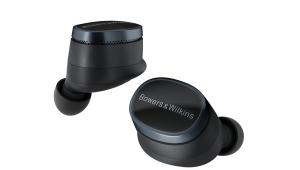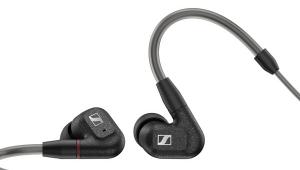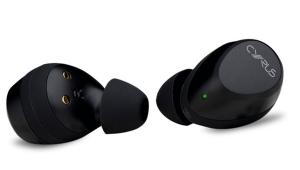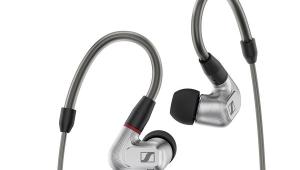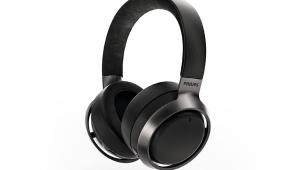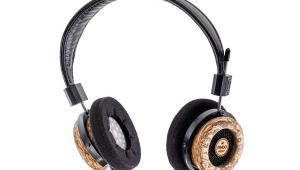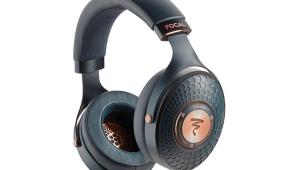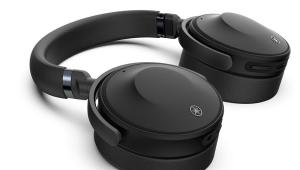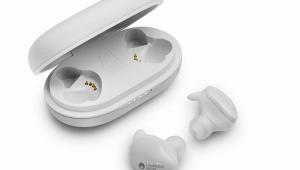Astell&Kern Billie Jean
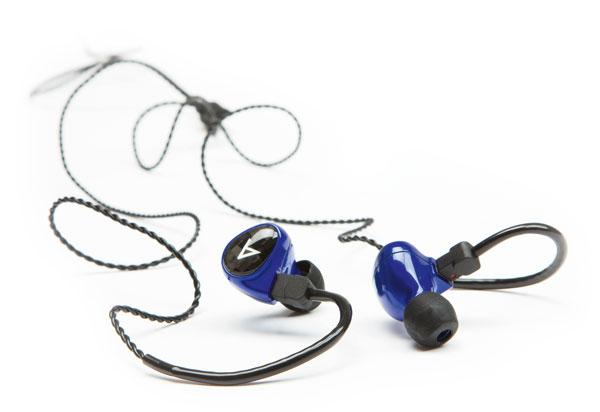
To do this, the Billie Jean makes use of a patented technology called Freqphase. This mounts the drivers in precisely cut lengths of tube to ensure the phase remains correct at all times, and Astell&Kern claims that this results in the best time alignment possible. The housings are plastic and the dual drive complement enables it to be the smallest model in the range.
This is good news because it makes for a far easier fit than a number of similarly priced rivals I’ve tried. The housing is unlikely to intrude on any part of the ear and the tube into the canal is well angled to allow the body to fit snugly in place. The choice of silicone domes offers a good spread of sizes and it should be possible to secure a decent fit with the required isolation. The whole in-ear headphone feels well assembled and carefully thought out. The paint finish is perhaps a little on the bright side, but it has been well applied and the design feels nicely rugged. It comes with a small but sturdy carry case that fits easily into a pocket.
The promotional material makes reference to the “rock and roll-style presentation” inherent to Jerry Harvey’s designs and listening to it, it is easy to see the reasoning behind this but it does it a disservice suggesting it’s limited to this music style. At the core of the performance is the excellent time alignment. Connected to a Chord Mojo portable headphone amp/DAC (HFC 423) partnered with its add-on Poly wireless network streamer (HFC 431) and listening to the ferocious The Hand That Feeds by Nine Inch Nails, the Astell&Kern is wonderfully immediate. There’s no sense of there being two drivers at work and the general feeling of togetherness is enough to get the head enthusiastically nodding.
This speed and integration is just as useful when listening to something less ballistic. Punch Brothers’ My Oh My has a wonderfully live quality to it and there is enough of a feeling of space in the presentation to let the music breathe. It’s not truly three dimensional – few in-ears are – but it is very listenable and has respectable tonality. Strings have a good level of weight and decay and vocals are consistently rich and well textured.
The Billie Jean is more of a ‘big picture’ type device in that some fine details that I know to be in the music mix aren’t as readily perceivable as they are with some rival designs. Compared with the fractionally more expensive Audio-Technica ATH-CKR100iS (HFC 451) it doesn’t have the same ability to unpick dense recordings, but it counters this by being faster and more immediate than the Audio-Technica offering.
A final very useful attribute is the sensitivity. Headphone sockets on mobile phones are a dying breed, but if you do still have one the Billie Jean will go impressively loud from just a small amount of power. Connecting it to Audiolab’s M-DAC Nano (My Oh My 449) demonstrates the same ebullient presentation, but the portable DAC doesn’t help it regain those losses in fine detail. The Billie Jean might not be a true warts-and-all music monitor, but this comfortable and well-made in-ear is a great deal of fun and well worth seeking out at the price. ES
DETAILS
Product: Astell&Kern Billie Jean
Price: £300
Type: In-ear headphone
Read the full review in October issue 454
 |
Inside this month's issue:
Q Acoustics 3020c standmount loudspeakers, Perlisten R10s active subwoofer, Quad 33 and 303 pre/power amps, Acoustic Solid Vintage Full Exclusive turntable, newcomer Fell Audio Fell Amp and Fell Disc and lots, lots more...
|
